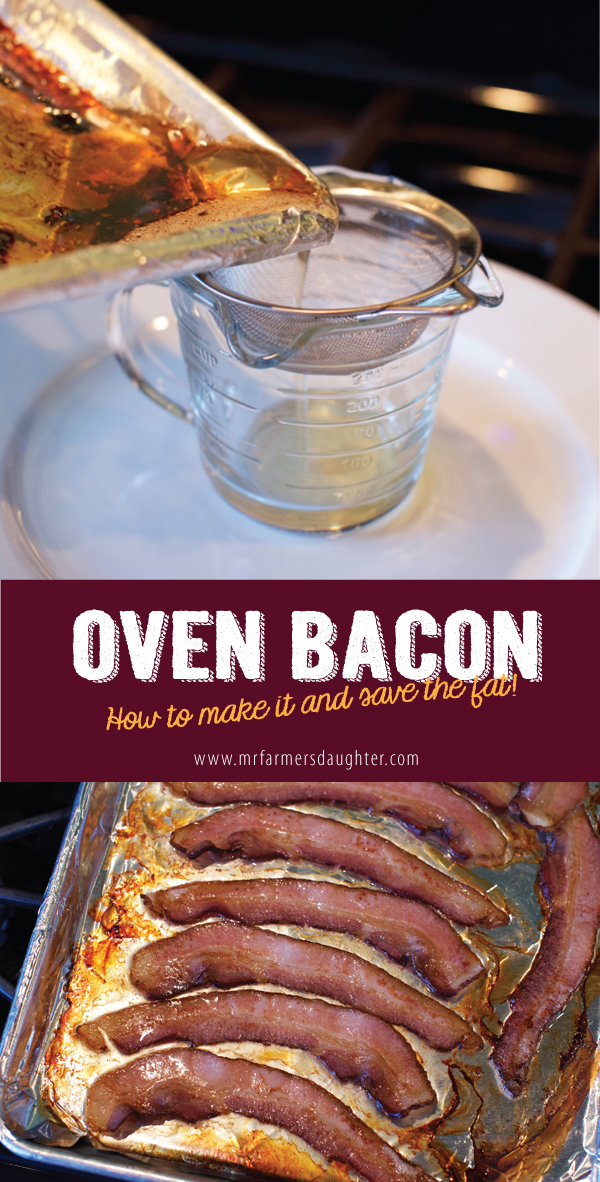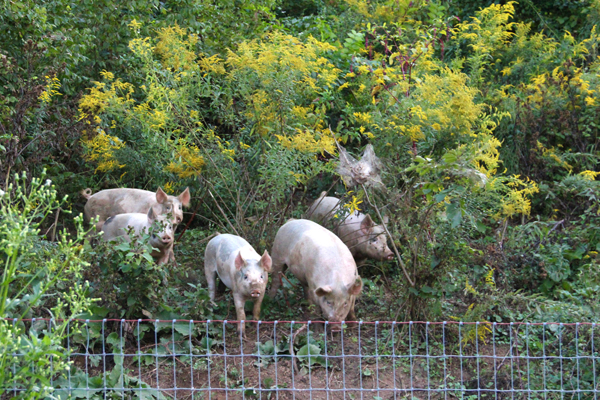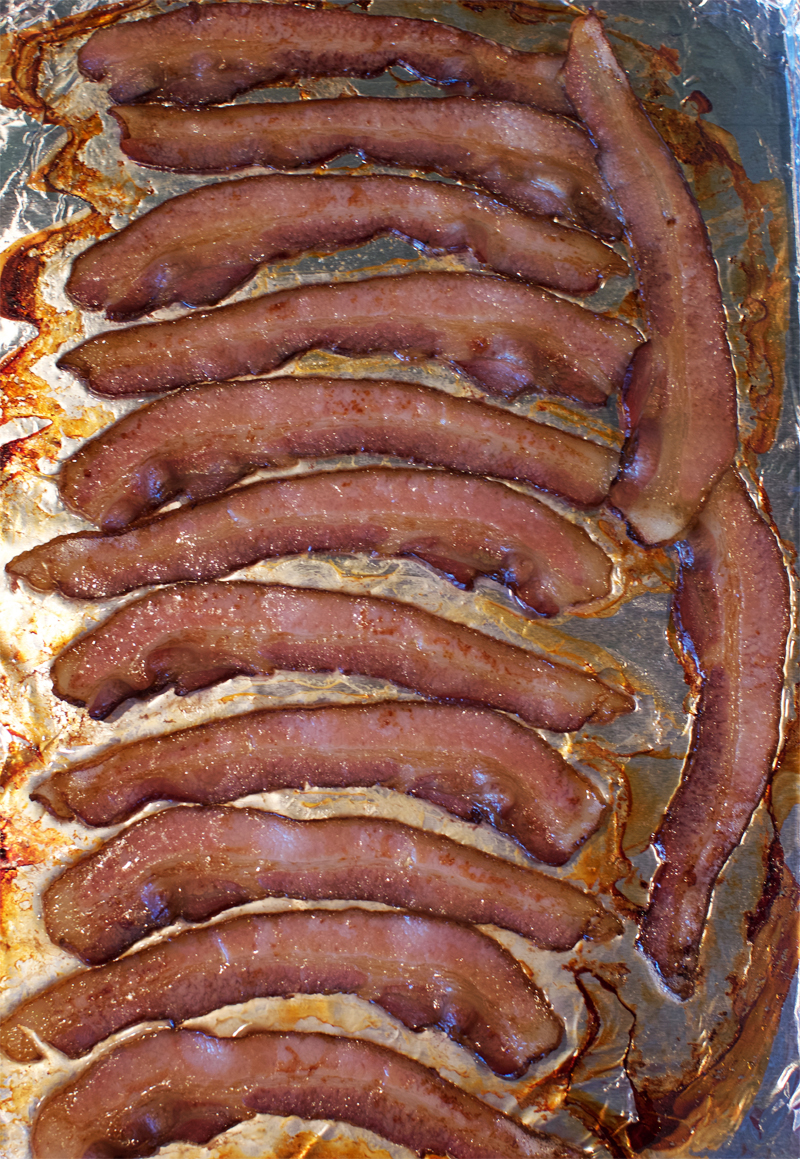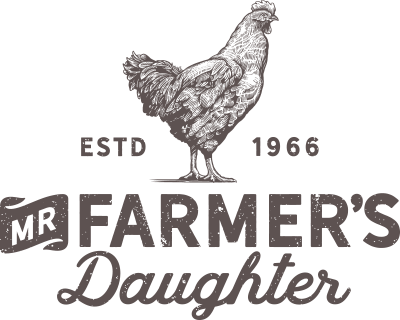
Hi, folks! Welcome to a basic food cooking skill that will serve you time and time again. I often make a pound of bacon over the weekend and save what’s left over to use in dishes during the week. Depending on how big your family is, you may have to make two pounds to have any left over.
Cooked bacon reheats really well in the microwave (if you use one) between two pieces of paper towels or use it chopped up and added to sautéed green beans with some feta cheese. It’s the meat that serves as a garnish and enhances the flavor of almost everything it touches. Bacon magic, we can call it.
Our family’s choice is to only eat pork from pastured animals. It’s really important to me for a couple reasons. Number one, I need to know that the animal was taken care of in a responsible way. I need to know that the animal was as happy as possible until the fateful day. I am blessed with family members that do that for me. Each year they buy a few piglets and raise them at their farm. I can go visit them if I want to. And, I do.

These guys have the run of a hill that’s fenced off. They come when they’re called and by harvest time they’re eating my cousins out of house and home. Pigs, they are!
Number two, pastured animals have enjoyed a natural life doing what they’re made to do. These guys are outside in the sun eating roots, leaves, branches and everything else. They’re not stuffed unnatural into a pig house, mired in filth and susceptible to disease and health problems. Heath problems require antibiotics. Animals raised naturally are healthier and the meat contains a healthier balance of fatty acids and that’s what I want for my family. These piggles are raised in sunshine, without antibiotics or artificial growth hormones.
That, is why we choose pastured meats.
We are blessed to have a food source so close to home and to know the farmers that raise them. If you’re looking for the best bacon you can buy, here’s a place to find a pastured pig farmer. If your only option is in a grocery store, my suggestion is to buy bacon that is uncured. This means that they use naturally occurring nitrates to preserve the meat and flavor it. Smoking adds another layer of flavor that we love too. There is some debate about nitrates and nitrites but I’m not going to get into that here. For me, I want the least processed food possible. Uncured bacon is just that.
Now, let’s get to cooking this delicious stuff.
Bacon’s messy. No doubt about it. It has a high fat content and when it’s cooking, that fat goes everywhere. That’s why I started baking my bacon. Another advantage is that I can fit a whole pound on one pan and cook it all at one time keeping my stove top clean.
I used to cook it on a grate above the pan but I actually like it cooked better in the fat. You can try both ways for yourself.
I use half sheet pans that I get a restaurant supply store. I don’t bother with cheap, flimsy pans that twist and bend in the oven. Ain’t no one got time for that. These inexpensive professional pans last me years and never bend or twist.
Cover the pan with heavy duty foil. You can cook the bacon directly on the pan but you’ll spend a good amount of time scraping all the bits off when you’re done. I don’t often cook on aluminum but for this I do. The clean up with worth it for me right now.
You can bake your bacon at the temperature of your choice. The deciding factor is how much you want to watch it. The higher your temperature, the more you will have to watch it so choose wisely.
375˚ is a good temperature to start with if you’ve never baked bacon before. Set your timer for 15 minutes and go from there. A convection feature will help to brown it evenly but it’s not necessary.
I typically bake mine at 400˚ for about 20 minutes but even I’ve overbaked it several times.
So, here’s how simple it is:
Cover the pan with heavy duty foil.
Preheat the oven to the temperature you choose – anywhere from 350˚ (slow) to 425˚ (fast).
Bake until the bacon is the desired brown and doneness. Sometimes I flip it over, sometimes I don’t.
Remove from oven and transfer bacon to paper towel-lined pan to drain and cool.

Once the bacon is off the pan, don’t forget to save the fat to use with your morning eggs, when frying green beans and many other uses!
The best way to collect the fat is to use a small strainer and pour the fat through it into a glass or heat proof container. DO NOT pour it into plastic. Bacon fat can be stored on the counter at room temperature but I keep mine in the refrigerator because I like it solid when I scoop it out.
Happy baking!

